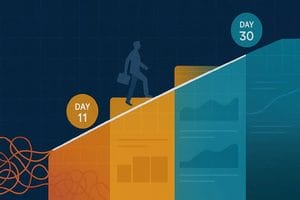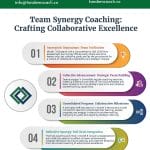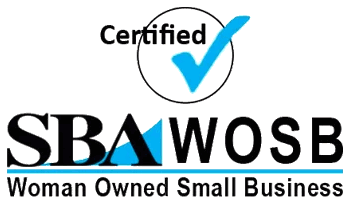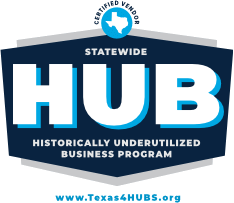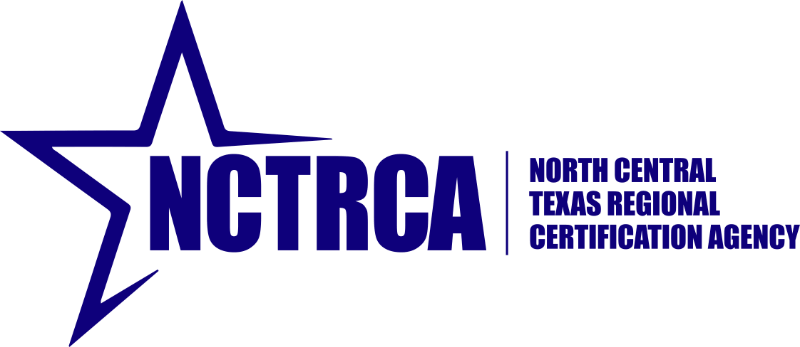Everything you’ve been told about morning routines is wrong. Well, wrong for about 60% of executives. The 5 AM club? The miracle morning? The eat-the-frog-first productivity advice? These work brilliantly—if you’re genetically wired as a morning person. But here’s what the productivity gurus won’t tell you: forcing yourself into a morning person mold when you’re naturally an evening performer is like putting diesel in a gasoline engine. You might move forward, but you’re destroying your performance capacity in the process.
The chronotype conversation has finally reached the C-suite, and it’s about time. The same executives who would never ignore market cycles or seasonal business patterns routinely ignore their own biological cycles. They schedule board presentations during their cognitive valleys, make strategic decisions when their mental energy is depleted, and wonder why their judgment feels inconsistent despite their experience remaining constant.
What if you could predict, with reasonable accuracy, when you’ll make your best decisions tomorrow? When your creative insights will flow? When you should absolutely avoid critical negotiations? This isn’t mysticism—it’s chronobiology applied to executive performance. And once you understand it, you can’t unsee how much productivity you’ve been leaving on the table.
The Four Executive Chronotypes: Beyond Morning and Evening
Forget the simple morning lark versus night owl dichotomy. Executive work demands a more nuanced understanding. Through coaching leaders across industries, four distinct chronotype patterns emerge, each with unique strengths and specific optimization strategies.
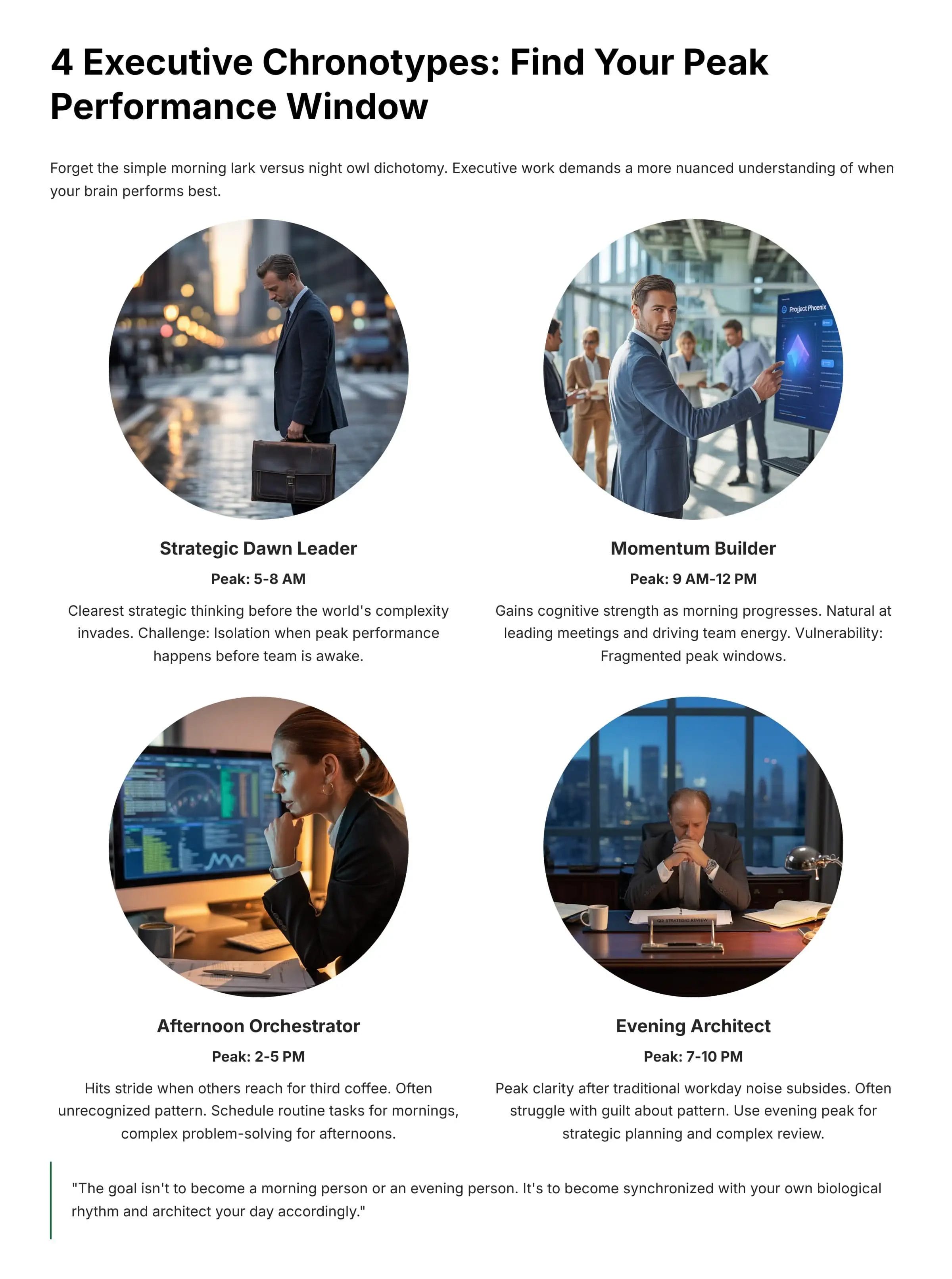
The Strategic Dawn Leader operates best between 5 and 8 AM, before the world’s complexity invades their mental space. These executives often report their clearest strategic thinking happens in these quiet hours. Their challenge isn’t productivity—it’s isolation. When your peak performance happens before your team is awake, collaboration becomes an asynchronous art. One pharmaceutical CEO discovered she could accomplish more strategic planning between 5:30 and 7:30 AM than in entire afternoons of trying to think between meetings.
The Momentum Builder gains cognitive strength as the morning progresses, hitting peak performance between 9 AM and noon. These leaders thrive on the energy of the business day building around them. They’re naturals at leading meetings, making collaborative decisions, and driving team energy. Their vulnerability? That seemingly productive morning meeting schedule that actually fragments their peak performance window into unusable chunks.
The Afternoon Orchestrator hits their stride between 2 and 5 PM, just when others are reaching for their third coffee. This chronotype often goes unrecognized because it contradicts conventional wisdom about post-lunch productivity dips. These executives have learned to protect their afternoon hours fiercely, scheduling routine tasks for mornings and complex problem-solving for afternoons. A private equity partner restructured his entire day after realizing his most successful deals were all negotiated after 2 PM.
“The goal isn’t to become a morning person or an evening person. It’s to become synchronized with your own biological rhythm and architect your day accordingly.”
The Evening Architect experiences peak clarity between 7 and 10 PM, after the traditional workday’s noise subsides. These leaders often struggle with guilt about their pattern, feeling they should be “off” when they’re actually most capable. One technology executive transformed his performance by accepting his evening peak, using it for strategic planning and complex document review, while handling routine communication during standard hours.
Understanding Your Biological Operating System
Your chronotype isn’t just about when you feel alert—it’s about when different cognitive functions peak. And here’s where it gets interesting for executives: your peak alertness window might not align with your peak decision-making window, which might not align with your peak creative window.
Circadian rhythms, your roughly 24-hour biological cycles, determine your major peaks and valleys. But layered on top of these are ultradian rhythms—90 to 120-minute cycles that repeat throughout the day. Think of circadian rhythms as your daily weather pattern and ultradian rhythms as the hourly temperature fluctuations. Both matter for optimization.
Research from the University of Michigan shows that cognitive performance can vary by up to 20% based on circadian timing alone. Add ultradian rhythms to the mix, and you begin to understand why that 3 PM strategy session feels like swimming through molasses while the 10 AM version flows effortlessly—or vice versa, depending on your chronotype.
Most executives discover they have two distinct peak performance windows daily: a major peak that lasts 2-3 hours and a secondary peak that lasts 60-90 minutes. Between these peaks are valleys—not useless time, but time better suited for different types of work. The tragedy isn’t having valleys; it’s wasting peaks on routine tasks while trying to force strategic thinking during valleys.
The Energy-Task Alignment Matrix
Now that you’ve identified your energy patterns from your productivity audit, let’s optimize when you deploy them. Not all executive tasks require peak cognitive function. The secret lies in matching task demands to energy availability.
Peak Energy Windows should be reserved for what I call “10x work”—activities where the quality of your thinking directly multiplies organizational value. Strategic planning, complex problem-solving, critical negotiations, and high-stakes decision-making belong here. These are the hours where the difference between good and great thinking could mean millions in value or months of saved time.
Secondary Peak Windows are ideal for important but less cognitively demanding tasks. Performance reviews, project planning, team one-on-ones, and creative brainstorming often work better in these windows than during primary peaks. You’re still sharp, but you’re not depleting your premium cognitive resources.
Valley Periods aren’t waste—they’re perfect for routine execution, email processing, administrative tasks, and casual relationship building. A financial services CEO discovered that moving his email processing to his post-lunch valley freed up 90 minutes of morning peak time weekly. That’s 78 hours of premium cognitive capacity recovered annually.
The alignment matrix isn’t about doing less work; it’s about doing the right work at the right time. When you stop trying to force strategic thinking during valleys or waste peaks on routine tasks, your output quality improves dramatically while your effort feels reduced.
Protecting Your Rhythm in an Arrhythmic World
The business world isn’t designed for chronotype optimization. Standard meeting schedules, market hours, global time zones, and organizational culture all conspire against biological alignment. The solution isn’t to fight these constraints but to work strategically within them.
Start with defensive scheduling. Once you’ve identified your peak windows, block them on your calendar before anything else. Label them as you would any critical meeting. One executive labels hers “Board Prep” even when there’s no board meeting coming—it signals unavailability while being technically accurate, as she’s always preparing for board-level thinking.
For global teams, the challenge multiplies. You’re not just managing your chronotype but navigating the intersection of multiple biological rhythms across time zones. The key is transparent communication about peak performance windows and creative scheduling that rotates meeting times so no one geography always bears the burden of off-peak participation.
“Your peak performance window isn’t just when you feel good—it’s when your cognitive capacity aligns with your emotional resilience and your creative insight.”
But here’s a counterintuitive truth: sometimes you must violate your rhythm. Crisis doesn’t care about your chronotype. The skill lies in knowing when to break your pattern and, crucially, how to recover afterward. If you must handle complex work during a valley, prepare differently. Over-prepare materials, simplify decision frameworks, and build in recovery time afterward.
The Recovery Protocol: Honoring Your Valleys
The space between peaks isn’t empty—it’s recovery. And recovery isn’t passive—it’s active restoration. The executive who understands this stops seeing valleys as reduced productivity and starts seeing them as investment in the next peak.
Ultradian rhythms suggest natural break points every 90-120 minutes. Research from DeskTime, analyzing highly productive professionals, found that peak performers typically work for 52 minutes, then break for 17 minutes. But it’s not about rigid timing—it’s about recognizing your body’s signals for transition.
These 15-20 minute recovery windows between intense work sessions aren’t just nice to have—they’re biological necessities. Your brain uses these periods to consolidate information, clear metabolic waste, and restore neurotransmitter balance. Skip them repeatedly, and you’re not just tired—you’re cognitively impaired.
Recovery doesn’t mean checking social media or catching up on news—both are cognitive loads disguised as breaks. True recovery involves state change: physical movement, mindfulness practices, social connection, or simple daydreaming. A hedge fund executive discovered that walking stairs between trading sessions improved his afternoon decision quality by 30% according to his P&L tracking.
Integration with Your Productivity Stack
Your chronotype optimization doesn’t replace the GTD system you’ve modified for executive scale—it amplifies it. Consider when you schedule your weekly reviews. Most GTD practitioners default to Friday afternoon, but if you’re an Evening Architect, that’s precisely when your strategic thinking peaks. Why waste that on review when Tuesday morning’s valley would work perfectly?
The same logic applies to every element of your productivity system. Deep work blocks should align with peak windows. Administrative batch processing fits naturally into valleys. Delegation conversations often work better during secondary peaks when you have energy for interaction but don’t need peak cognitive performance.
This integration extends to your 30-day productivity transformation. Week one focuses on discovering your rhythm. Week two experiments with alignment. Week three addresses team synchronization. Week four builds protection protocols. Each week builds on the previous, creating sustainable rhythm optimization rather than forced change.
Frequently Asked Questions
What if my chronotype doesn't match my industry's schedule?
Industries have rhythms—financial markets, retail seasons, tech sprints. When your biological rhythm conflicts with your industry rhythm, focus on micro-optimizations. Find the 60-90 minutes of peak time you can protect daily. That focused hour of aligned work often outproduces three hours of fighting your biology.
How do I handle team members with different chronotypes?
Chronotype diversity is actually a strategic advantage if managed well. Map your team’s collective rhythms and you’ll find natural coverage patterns. Early birds handle morning crisis, evening types manage late stakeholder calls. The key is transparency and mutual respect for different peak windows.
Can I change my chronotype?
Your underlying chronotype is largely genetic, but you can shift your sleep phase by 1-2 hours with consistent light exposure, meal timing, and sleep hygiene. More importantly, you can optimize within your natural pattern rather than against it. The goal isn’t change—it’s alignment.
What about jet lag and travel?
Frequent travel disrupts chronotype optimization, but planning helps. Start shifting your sleep schedule 3-4 days before travel. Use light therapy apps to accelerate adjustment. Most importantly, don’t schedule critical decisions for the first 48 hours after crossing multiple time zones.
How quickly will I see results?
Most executives report immediate relief from simply understanding their pattern—the guilt about “unproductive” times disappears. Tangible performance improvements typically emerge within 10-14 days of consistent alignment. Full optimization, including team synchronization, usually takes 30-45 days.
What if my role requires constant availability?
Even 24/7 roles have degrees of freedom. You can’t control when crises occur, but you can influence when you do planning, analysis, and strategic thinking. Start by protecting just 60 minutes of peak time daily. That’s 260 hours annually of optimized cognitive performance.
Should I share my chronotype with my board/stakeholders?
Frame it as performance optimization, not personal preference. Share that you’ve identified when you deliver maximum value and structured your schedule accordingly. Most boards appreciate executives who understand and optimize their performance variables.
How does age affect chronotype?
Chronotypes naturally shift earlier with age—teenagers skew evening, seniors skew morning, with executives typically transitioning throughout their careers. Expect your optimal windows to shift 30-60 minutes earlier each decade after 40. Regular reassessment ensures continued alignment.
Your Rhythm Revolution Starts Today
The executive who aligns with their biological rhythm doesn’t work harder—they work synchronized. They stop the exhausting fight against their natural patterns and start surfing their energy waves. The result isn’t just improved productivity—it’s sustainable performance that compounds over time.
But knowing your chronotype is just information. Acting on it is transformation. This week, track your energy hourly for three days. Note when complex tasks feel effortless and when simple tasks feel overwhelming. Identify your peaks and valleys. Then protect one peak window completely—no meetings, no interruptions, no routine tasks. Use it for your highest-value work and measure the difference.
As you implement chronotype optimization alongside your existing productivity systems, remember that perfection isn’t the goal—progression is. Every hour you align with your biology rather than against it is an hour of amplified impact. In a role where your cognitive performance directly influences organizational outcomes, can you afford not to optimize?

